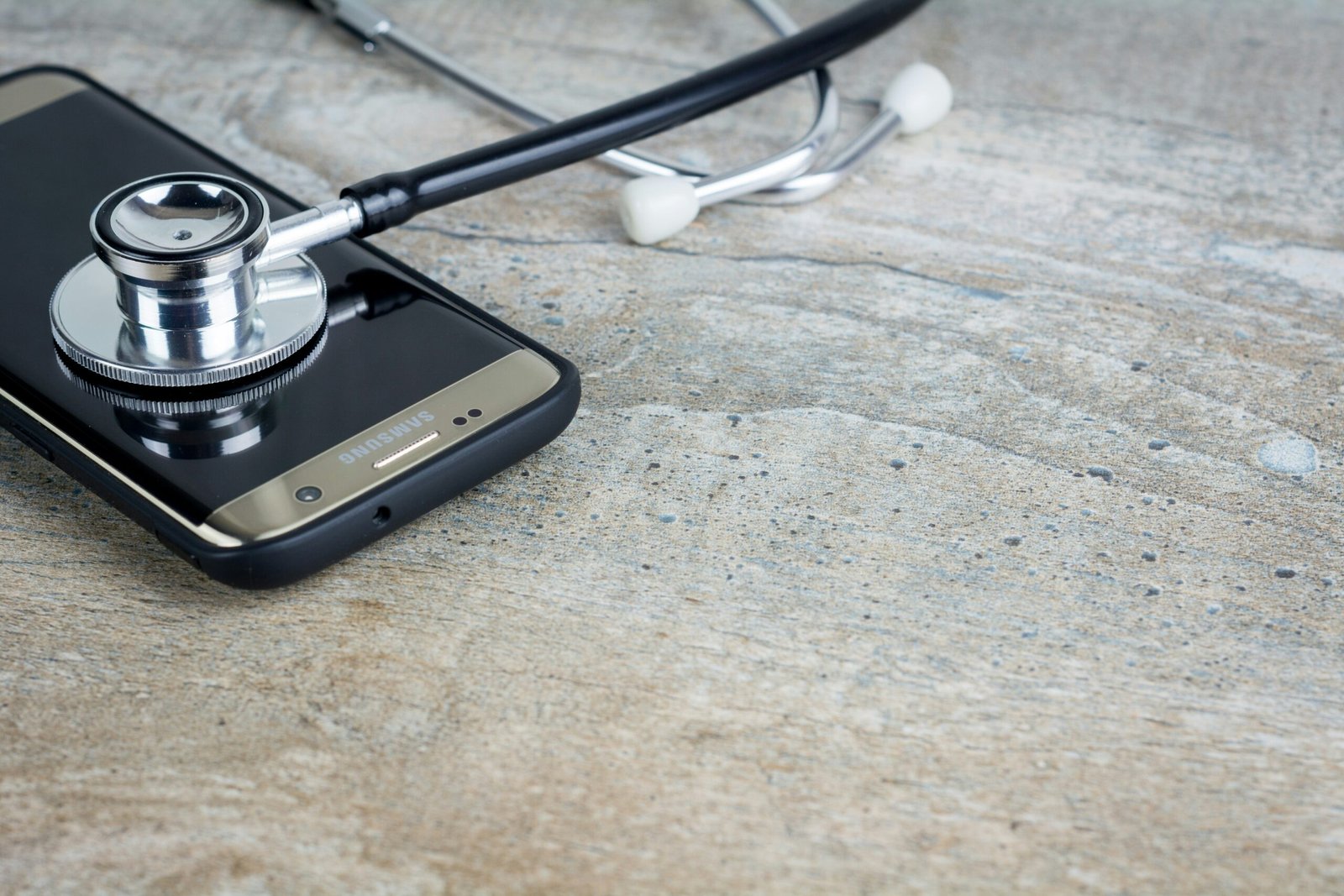Troubleshooting Common Device Not Working Issues

Identifying Common Device Issues
When faced with a device that is not working, the initial step is identifying the root cause of the problem. Broadly, issues can be categorized into power problems, software glitches, hardware malfunctions, and connectivity issues. Understanding these categories helps in diagnosing the problem accurately.
Power Problems
Power-related issues are among the most common reasons a device might not function. Start by ensuring that the device is adequately charged or connected to a power source. Check the power cable and adapter for any visible damage. If the device uses batteries, ensure they are inserted correctly and have sufficient charge. Sometimes, a simple reboot can resolve power-related glitches. If the device still does not power on, try using a different power outlet or charging cable to rule out external factors.
Software Glitches
Software issues can cause a device to malfunction or become unresponsive. Ensure that the device’s software is up-to-date, as updates often include bug fixes and performance improvements. Restarting the device can also help clear temporary software glitches. If an app is causing the problem, try uninstalling and reinstalling it. In some cases, performing a factory reset might be necessary, but this should be a last resort as it will erase all data on the device. Keeping a backup of important data is always advisable before taking such measures.
Hardware Malfunctions
Hardware malfunctions can range from minor to severe issues. Inspect the device for any physical damage, such as cracks or broken components. Listen for unusual noises that might indicate internal damage. If the device components like buttons, screens, or ports are not functioning properly, they may need professional repair. For instance, a non-responsive touchscreen might be a sign of underlying hardware issues that require specialized attention.
Connectivity Issues
Connectivity problems can prevent a device from working correctly. Ensure that all cables are securely connected and that there are no loose connections. For wireless devices, check that they are within range of the network and that the network is functioning properly. Resetting the network settings or the router can sometimes resolve these issues. Additionally, ensure that the device’s network drivers or firmware are up-to-date to maintain optimal connectivity.
By methodically checking these common areas, users can often identify the cause of their device issues and take appropriate steps to resolve them. This systematic approach helps in minimizing downtime and restoring functionality efficiently.
Step-by-Step Troubleshooting Guide
Encountering device issues can be frustrating, but many common problems can be resolved with a systematic approach. This troubleshooting guide offers step-by-step instructions to help you address power, software, hardware, and connectivity issues effectively.
Power Issues
First, ensure that your device is properly connected to a power source. Check if the power outlet is functional by plugging in another device. If the outlet is working, examine the power cable and charger for any visible damage. If possible, test with a different cable or charger to rule out faults. For devices with removable batteries, ensure they are seated correctly. Finally, perform a hard reset by holding down the power button for 10-15 seconds or following the manufacturer’s specific instructions.
Software Issues
Software problems can often be resolved by clearing the device’s cache. Navigate to the settings menu, locate the storage section, and clear the cache. If the issue persists, consider uninstalling and reinstalling the problematic application. Ensure you’re using the latest version of the software. As a last resort, a factory reset may be necessary. This action will erase all data on your device, so back up important information before proceeding. Follow the manufacturer’s instructions to perform a factory reset.
Hardware Malfunctions
Inspect your device for any signs of physical damage. Check for cracks, dents, or other visible issues. Clean the ports using a soft brush or compressed air to remove dust and debris. If a hardware component appears to be malfunctioning, such as a non-responsive button or a broken screen, seeking professional repair is advisable. Contact the manufacturer’s support or visit an authorized service center for assistance.
Connectivity Issues
For connectivity problems, start by checking your network settings. Ensure Wi-Fi or Bluetooth is enabled and correctly configured. Reset the network connections by turning off Wi-Fi or Bluetooth, waiting a few seconds, and then turning them back on. Verify that your device is compatible with the network or other devices you’re attempting to connect to. If necessary, restart your router or modem and ensure all cables are securely connected.



